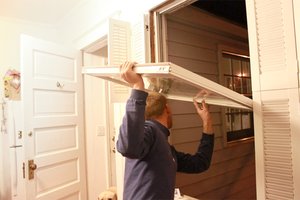
Your windows are drafty, look worn out, and are just plain cranky to operate. So you’re thinking it’s time for new windows, especially since the energy savings will help offset their steep cost.
Think again. That’s one of the biggest mistakes homeowners make: Believing that the cost of new windows is worth it because of energy savings.
New windows aren’t the best cure for reducing your energy bills. Simpler and significantly cheaper projects, such as sealing all your home’s air leaks, will have much more impact.
But if energy savings isn’t the only reason you’re considering new windows, our repair-or-replace guide below will help you decide which way to go.
Oh, and another tip: If your home has lots of vintage features, new windows may actually reduce the price you could get when it’s time to sell.
REPAIR OR REPLACE GUIDE TO WINDOWS
Rotting Wood
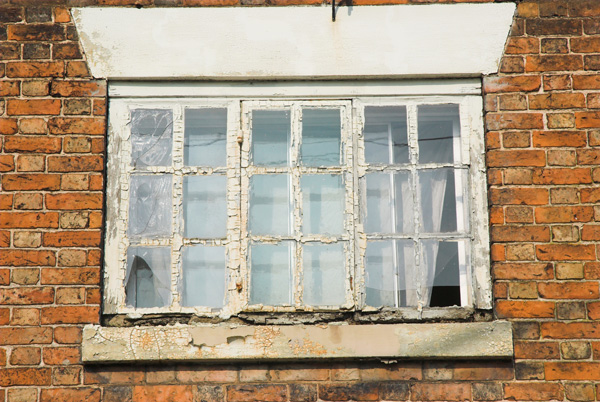
Image: Marbury/iStockphoto
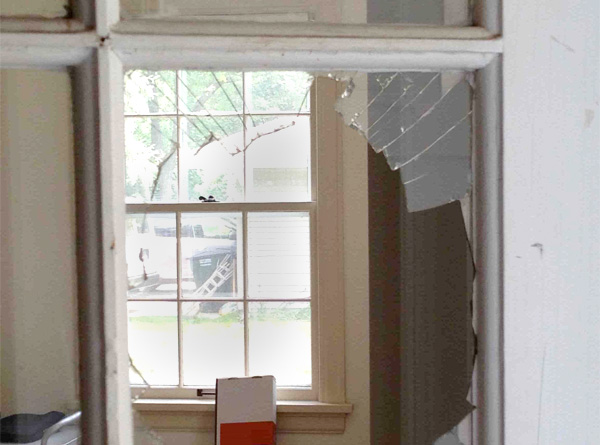
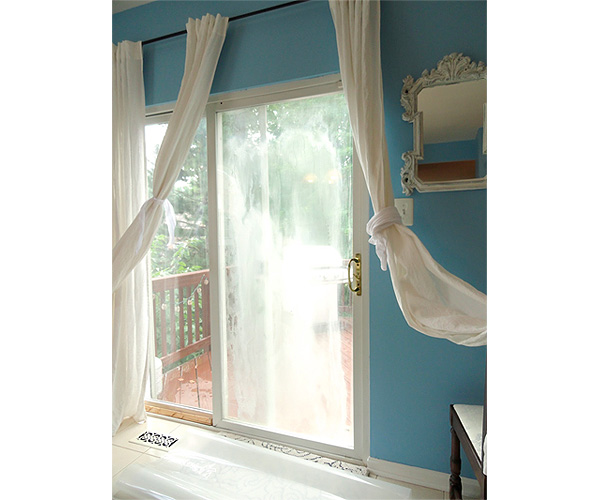
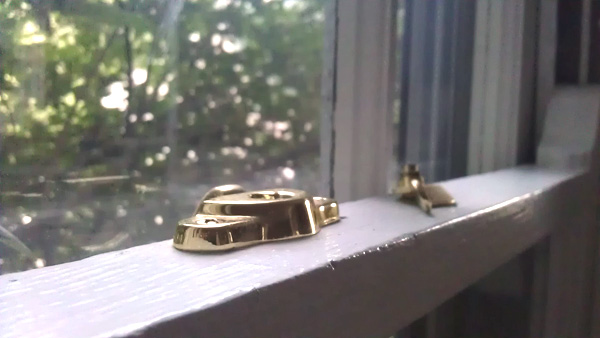
Image: Liz Foreman for HouseLogic
Drafty Windows
New windows aren’t the best cure for reducing your energy bills. Simpler and significantly cheaper projects, such as sealing all your home’s air leaks, will have much more impact.
But if energy savings isn’t the only reason you’re considering new windows, our repair-or-replace guide below will help you decide which way to go.
Oh, and another tip: If your home has lots of vintage features, new windows may actually reduce the price you could get when it’s time to sell.
REPAIR OR REPLACE GUIDE TO WINDOWS
Rotting Wood

Image: Marbury/iStockphoto
- Symptoms: Rotten frames, sashes and/or muntins (dividers) that allow water and air leaks into your house.
- Cause: Wood deteriorates when it’s primed or painted incorrectly, seasoned insufficiently, or exposed to wet and humid weather consistently. Sprinklers that blast windows regularly also can cause rot.
- Cost to repair: Depends on how much rot you’ve got. You can patch small areas with epoxy ($25). A handyman service can replace a rotten sill for $90-$250 (plus materials). Rotten frames require removing the window and rebuilding, which will cost as much as most window replacements ($300-$700).
- Repair or replace? Repair if the damage is spotty. Replace if the frames are thoroughly rotten. Although, make sure you take a good look; they often look worse than they are.

- Symptoms: Cracks, scratches, or chips.
- Cause: Johnny’s home run, storm damage, abrasive cleaners.
- Cost to repair: Replacement glass, $3-$14/sq. ft.; hiring a handyman to install glass, $100-$300; replacing sash (the frame that holds the glass), $40-$250 (vinyl).
- Repair or replace? Replace inexpensive vinyl windows. Repair vintage, aluminum-clad, and multi-pane custom windows that could cost upwards of $500 each to replace.

- Symptoms: Foggy condensation or streaks between double or triple panes. Also known as “blown” windows.
- Cause: Heat induced contractions and expansions eventually destroy seals, promoting condensation between panes and/or exposing low-emissivity coatings and insulating gas to air (oxidizing).
- Cost to repair: Once a seal is broken, it’s hard to save the pane. New gizmos promise to de-fog the glass with solutions and valves, but online reviews seem unhappy with the results. The most practical and permanent fix is to replace the pane or the entire sash.
- Repair or replace? Repair. Installing a new sash ($40-$250) is a quick and easy repair that preserves the frame and renews the life of the window.

Image: Liz Foreman for HouseLogic
- Symptoms: Windows won’t open or operate smoothly.
- Cause: Sashes painted shut, dirt and grit accumulate in track and balances, hardware breaks.
- Cost to repair: Opening a painted-shut window usually requires breaking the paint seal with a putty knife, then scraping and sanding old paint and putty. Cleaning tracks, balances and hardware cost pennies, while a handyman can replace those parts for $50-$270.
- Repair or replace? Repair, unless replacement parts on old windows are impossible to find. If they are, then you should replace.
Drafty Windows
- Symptoms: Air rushes in and out of gaps in sashes, frames, and dividers.
- Cause: Cracked and pealing caulking, old weather stripping, loose sash, rotted wood.
- Cost to repair: As little as $1.75 for a tube of painter’s caulk to seal gaps; weather stripping ($8/10 feet); or as much as $40-$250 to replace a sash. See above for rotted wood.
- Repair or Replace? Repair. Even if you replaced all the windows in your house with energy efficient windows, you’d only see an average of 7-15% savings on your energy bill. But if you seal the leaks in your windows, plus other leaks in your home, you can save 10-20% on your energy bills. But the real savings is the money you didn’t spend on replacement windows.
Read more: http://www.houselogic.com/home-advice/windows-doors/broken-window-repair-or-replace/#ixzz38UUyFuQP
No comments:
Post a Comment